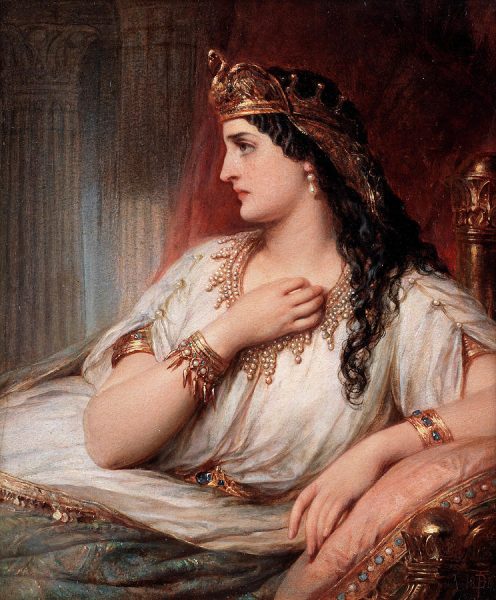A century-old fashion rule becomes a forgotten superstition
The history behind a Labor Day superstition gives insight into life in the past.
Labor Day is supposed to be a day to honor the American labor movement, but instead it has become a day that signifies the end of summer.
Uncovering the history behind not wearing white after Labor Day helps distinguish differences between society in the past and today.
In the late 1800s women wanted a greater physical distinction between those who had old money and respectable families to those with newer money, so they invented fashion rules.
The fashion rules were made so that only women with old money or those who came from a respectable family would be able to follow the rules perfectly. If someone were to wear a gown to a party that had the wrong type of sleeve, women in society would know not to talk to her because she was from new money.
One of the fashion rules that were created over a century ago is now considered more of a superstition as opposed to a rule. The rule claims that a woman was not allowed to wear white after Labor Day.
Families also in the summer packed up their belongings and headed to cabins and cottages to spend their summer. They brought lighter summer clothes with them. When fall came and they returned to their homes, they packed away their light summer clothes and took out the heavier fall clothes.
Women of that time identified white as summer color. It was a light and free color. It was also considered the color you would wear to weddings and not a color worn to a fall dinner party.
Some students are aware of the superstitions of not being able to wear white after Labor Day.
“I have heard of not wearing white after Labor Day as a fashion rule that has been around for a while,” Taylor Adams, general studies freshman from Raceland, said.
In 1894, Labor Day became a federal holiday. Society overtime adopted this as the natural end date for summer and the beginning of fall. This made summer become bracketed from Memorial Day and Labor Day.
In the 21st century, the defining of old and new money is nowhere near as important as it used to be to women in the late 1800s. Many of the fashion rules that were created over a century ago are not concepts anyone recognizes anymore.
“Not being able to wear white after Labor Day is the only rule that people today have ever heard of,” Adams said.
Naturally, the idea of not being allowed to wear white after Labor Day is close to nonexistent within society today.
“Personally, I wear white year-round, everyone I know does,” Adams said. “We don’t need to follow the rules to show differences in money, so why follow a rule that’s background has no relation to us anymore?”
The rules of fashion have evolved as the years have gone by. What was acceptable in the 1920s is completely different from what is acceptable today.

Major | Biology
Classificaton | Sophomore
3 Facts | I have a 12 year old pet bunny; my favorite color is black; I hate ketchup.
Favorite Quote...










